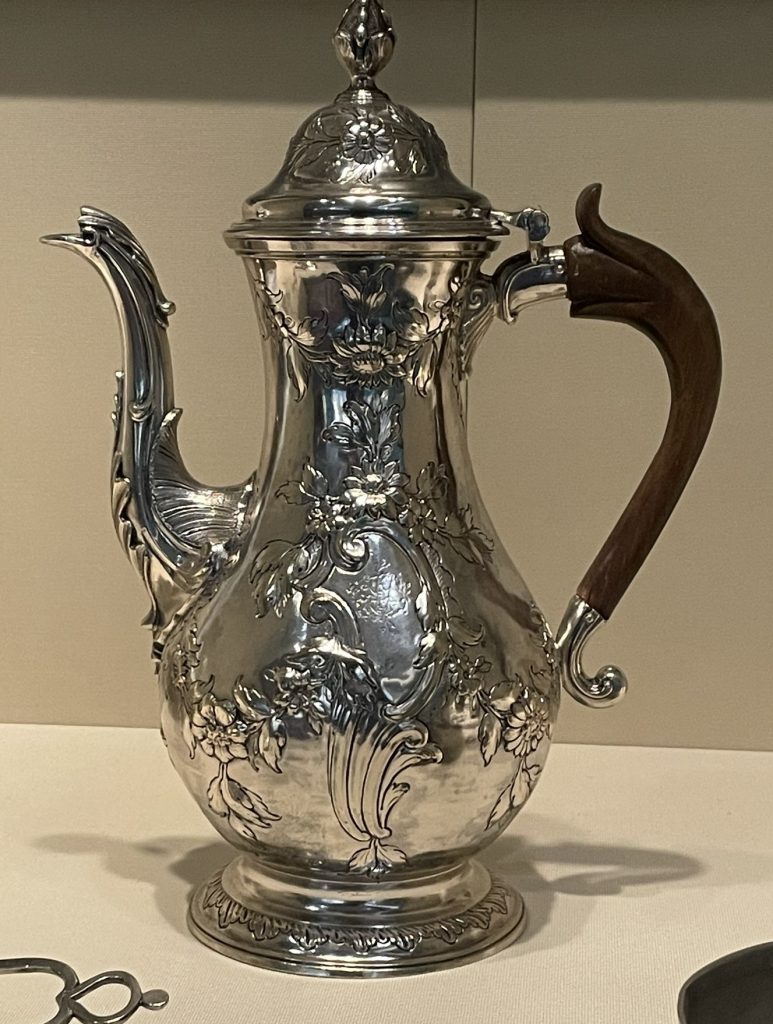After our underwhelming experience at the Battle of Yorktown, I was a little worried we were in the wrong frame of mind to attempt the American Revolution Museum in Yorktown, Virginia.
However, this was a “spare no expense” museum, with really well-done films and exhibits, and we both thought it was excellent.
We started with the film Liberty Fever, which was one of the best museum films we’ve seen anywhere –– very professionally done, highly creative and engaging. Per the museum’s description, “It is narrated by an early 19th-century storyteller who has traveled the country gathering stories about the American Revolution and shares his accounts using a moving panorama presentation of the time period.”


The museum has 22,000 square feet of exhibit space, packed with exhibits, dioramas, and additional films.
500 objects are on exhibit, though honestly it felt like a lot more.
It did somewhat feel like anything remotely associated with the time period that they had acquired was put on display and justified (as shown by our pictures), but at least what they had was of very nice quality.


Outside was one of the nicer encampments I’ve seen presented. The area was a decent size with a fair amount of variety, including officers quarters.
Tents had interior setups to show what they might have looked like to live in them. Costumed interpreters were friendly and approachable but not overly aggressive.
There was a huge camp field kitchen area with demonstrations. We could have also seen a flintlock musket demonstration if we were interested, along with a demonstration on “18th-century surgical and medical practices” of the time (not sure what that involves –– lots of screaming due to no anesthesia?).
They even had a Revolution-era farm set up, with chickens and crops!
The cover photo to this post is “George Washington and his Generals at Yorktown” by Charles Willson Peale, circa 1781, print.











